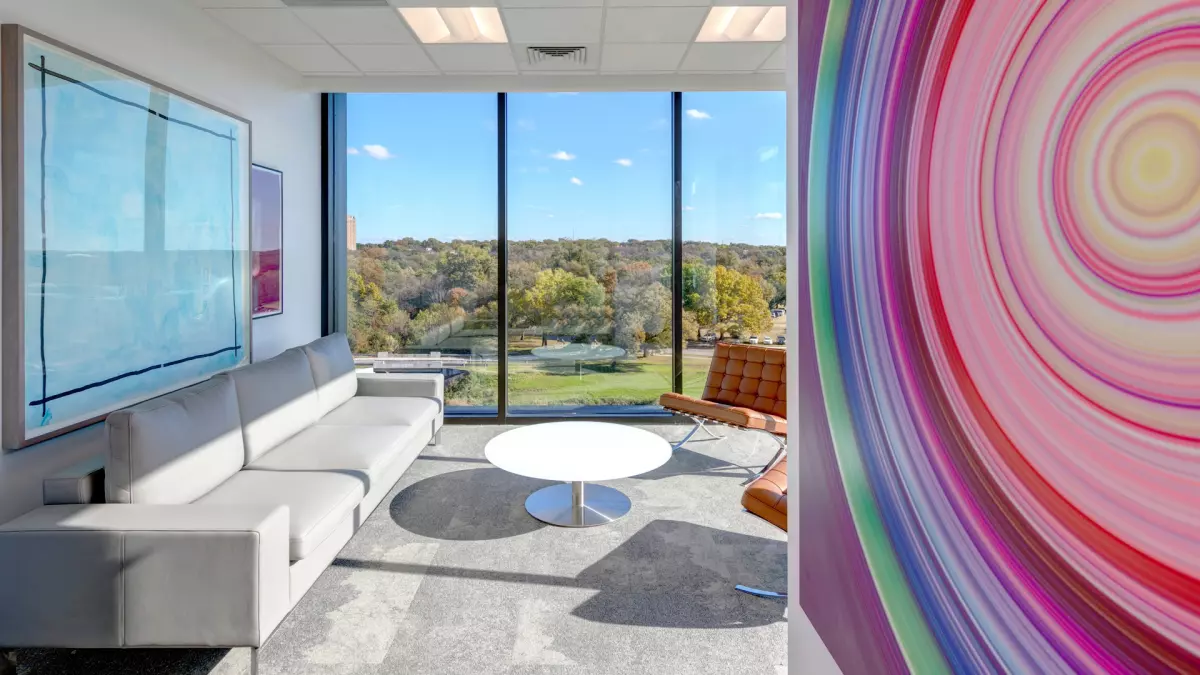 SCM Bios Partners Corporate Offices
SCM Bios Partners Corporate Offices
Interior design is often misconstrued as a superficial profession focused solely on decoration. However, it goes far beyond that. A skilled interior designer possesses specialized knowledge of space planning, building materials, and human behavior in interior environments. Their expertise ensures the creation of safe, healthy, and functional spaces.
Understanding Commercial Interior Design
Commercial interior design encompasses a wide range of spaces, including offices, retail stores, and restaurants. These spaces must not only be functional but also aligned with the company's brand and aesthetic. The layout and flow of a commercial space directly impact the experiences of both clients and employees, ultimately influencing the business's long-term success.
Commercial interior designers play a crucial role in guiding clients through the selection of materials, colors, and furnishings that align with their company's vision. They also oversee the construction process, ensuring that the project meets the client's budget and timeline expectations.
The Role of a Commercial Interior Designer
A commercial interior designer begins by understanding the client's business model, brand, and priorities. They consider both functional and aesthetic aspects when designing the space. By evaluating how employees work and interact within the space, designers can optimize the workflow and ensure efficient access to resources. Additionally, they must create an environment that provides a positive experience for both employees and clients.
Effective project management is another essential skill for commercial interior designers. They establish project timelines, coordinate construction tasks, and manage the project within the client's budget. Compliance with all relevant building codes and regulations is also of utmost importance.
 SCM Bios Partners Corporate Offices
SCM Bios Partners Corporate Offices
The Phases of Commercial Interior Design
A commercial interior design project typically goes through several phases. During the discovery or pre-design phase, the designer gathers information from stakeholders to understand the organization of the space. The programming phase focuses on defining the project's scope, goals, and budget.
The schematic design phase generates preliminary plans and material selections, while the design development phase finalizes the project design for client approval. The approved design is then represented in the project's contract documents, which contain detailed specifications for construction.
During the construction administration phase, the interior designer coordinates tasks with the contractor and ensures quality control. After construction, a final walk-through of the space is conducted to ensure client satisfaction. The designer also evaluates the completed project to ensure all elements function as intended.
Trust VLK - Your Commercial Interior Design Experts
Undertaking a commercial interior design project can be complex and disruptive to daily business operations. That's why it's crucial to have experienced professionals by your side. VLK's team of skilled commercial interior designers is ready to discuss your needs and ensure the success of your project. Contact your local VLK office today to get started.
Reference: Council for Interior Design. (2019). Definition of Interior Design.

















